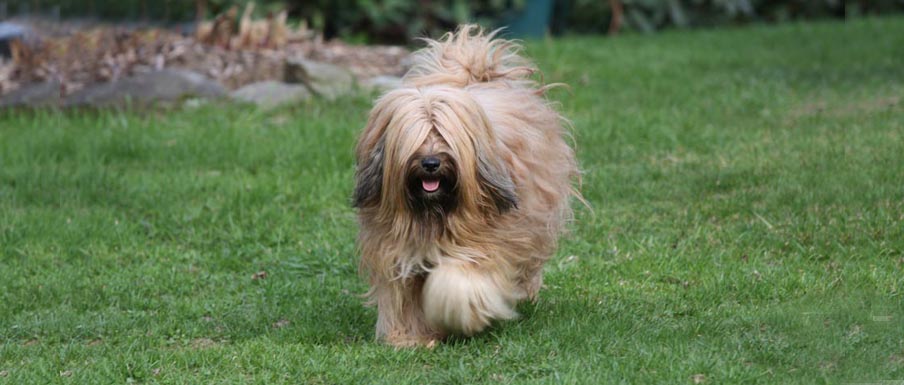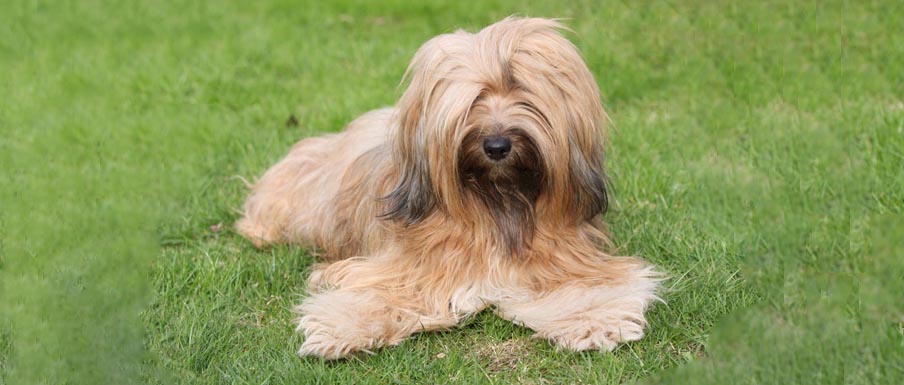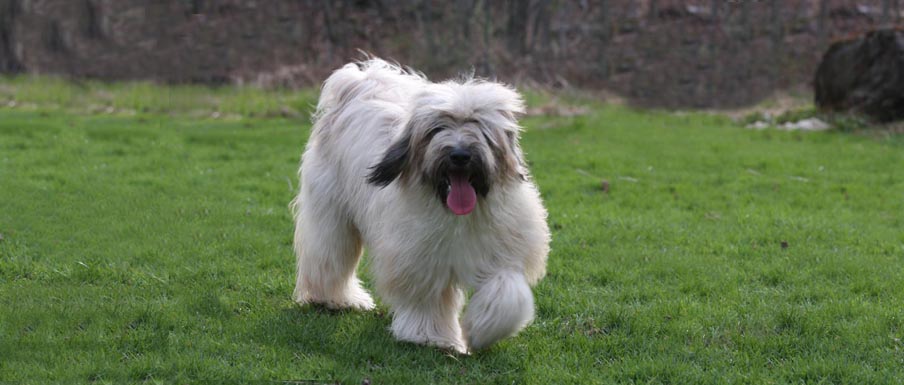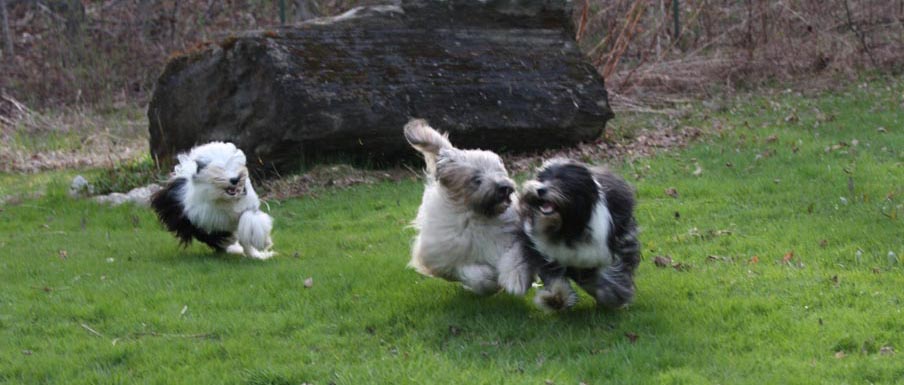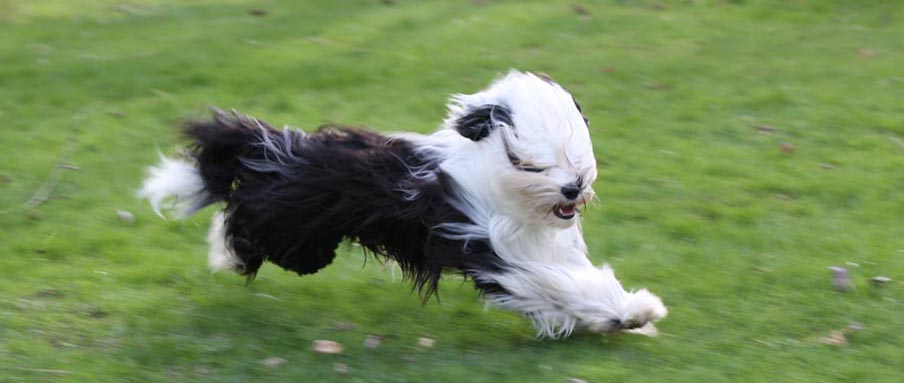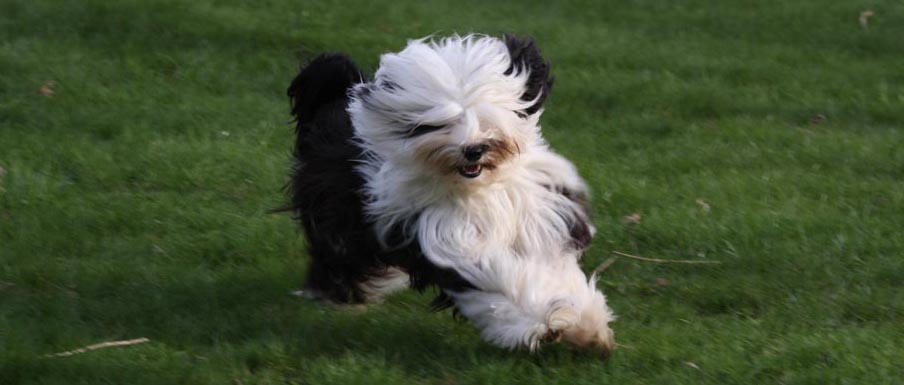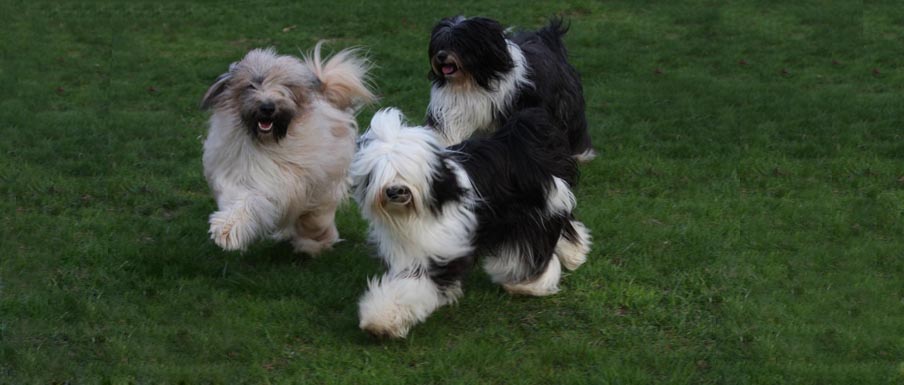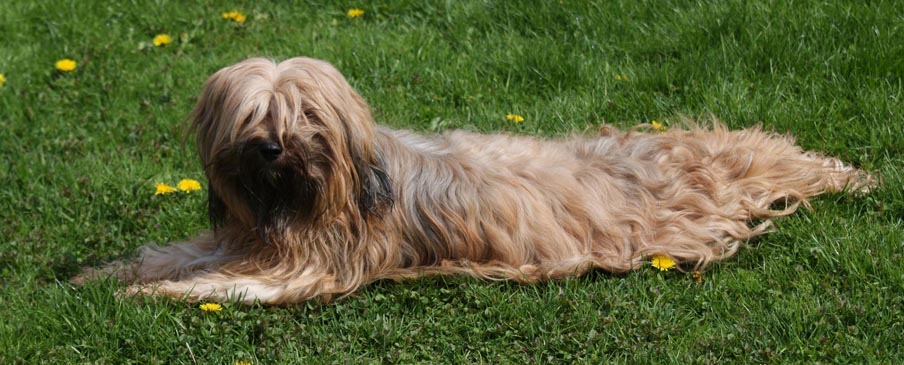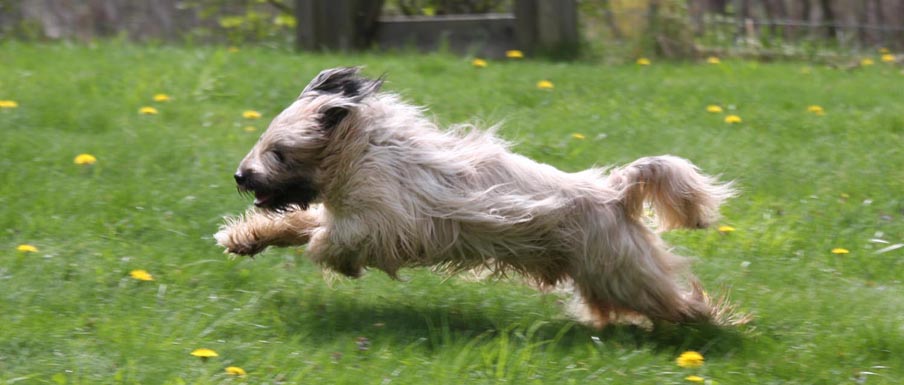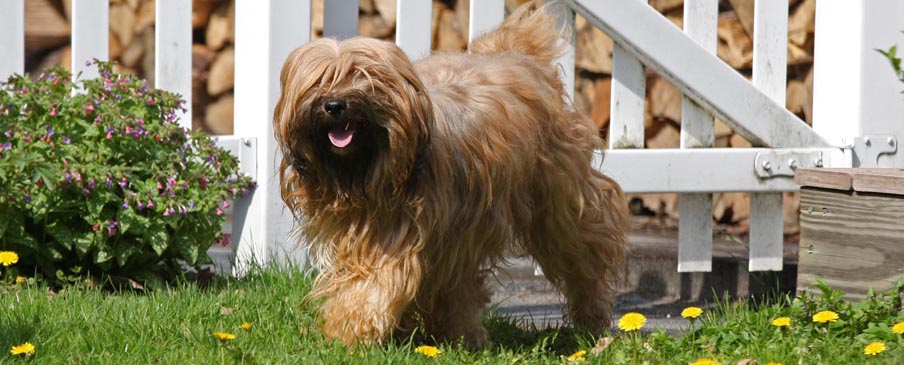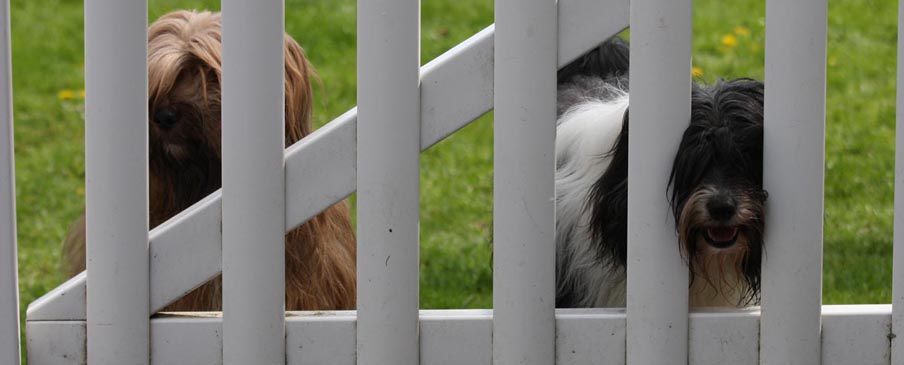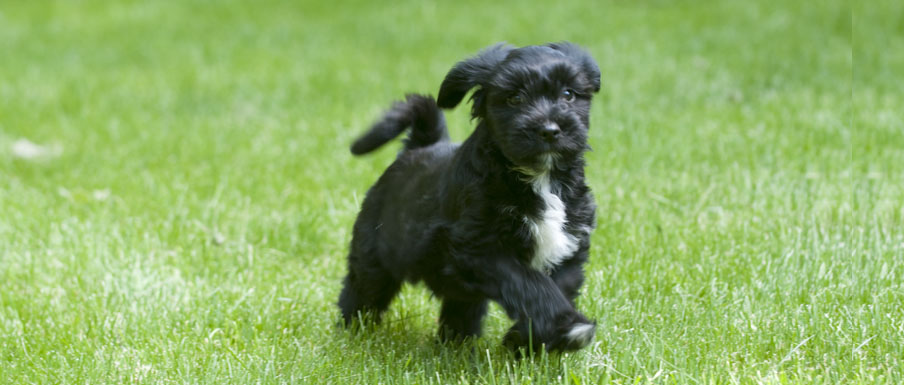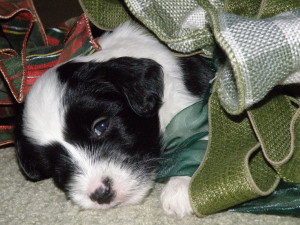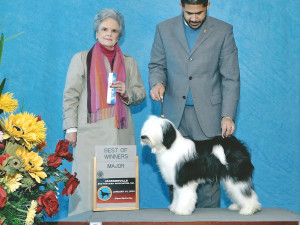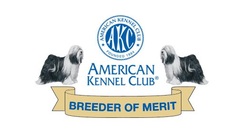What a delightful breed!
21 December 2022
My first Tibetans came into my life in 1992 from Nina Wagner of Shalimar, which has me ‘in the breed’ for 30 years. My first two were littermates: Max and Mia. They each lived long healthy lives and welcomed Izzie and James in 2006 into our family. My breeding program began in 2006 with these two AKC Champions and we’ve had twenty four litters, since we founded Kensington in 2006. I am proud to be able to say that we’ve never had an instance of unusual aggressive behavior or any eye, hip or neurological issues of any kind in any of the dogs or puppies I’ve bred. I believe that a big part of the reason for this is the management of their genetic heritage – because now we have the genetic tests to identify mutations for certain conditions and I use them! Environment, quality of exercise & socialization, food, veterinary care and my training, also play a part in the health of my dogs. Cancer, unfortunately, is something that has become more common in canines, as well as in humans – and the best we can do there is to use truly natural cleaners and essential oils in our homes. No Febreze, no Swiffer, nothing that you wouldn’t put on your own hands or the soles of your feet. Forget about Roundup and other herbicides, fertilizers and lawn treatments, as your dogs are walking on that soil & your floors – and can come into contact with allergens and irritants – including petroleum spills on your garage floors. Be careful.
We use probiotics proactively as regular supplements to the Royal Canin kibble we feed and treat with vegetables, fruits, salmon skin & flesh, AGA dried pasture raised pork liver and freeze dried raw meat. Healthy GI tracts mean more complete digestion, clean mouths and healthy skin. Just as more and more humans are using probiotics for improved health, we should also think about supplementing our pets. I buy my daily probiotics from Nature’s Farmacy and then, after whelping, we use a very powerful probiotic that requires refrigeration and it is Trenev Trio Oil Matrix. I buy mine from my vet, as they always have it SAME DAY – but it is also available online.
Tibetan Terriers are like six year old children. They have the ability to discern between options and you can use distraction to regain control. When it comes to training, my animals know that I am alpha. This is important in every family. All humans should be alpha over all animals. This does not mean that you can’t let your dog sleep on your bed occasionally. Rather, it means that you control the food, control when they’re let out and that your posture and tone of voice make it clear who is the boss. You walk through the door first. You turn your back on the dog, when enough has become enough. And you reward, when the dog has performed properly. Dogs want to know their boundaries! They want to please, play and be good doggies. So, set them up for success! And take your puppy out more times than you think necessary, so that you can housebreak him or her with praise and positive feedback, rather than with the negative feedback and correction that usually follows a potty accident.
TTs are an ancient breed that stand behind three other breeds who have their origin in Tibet: the Tibetan Spaniel, Shih-Tzu and Lhasa Apso. It has also been suggested that the TT is ‘behind’ the Hungarian Puli and the Polish Lowland Sheepdog, too. Do some research and see what you think.
There is magic and charm in the history of this breed. Originally raised and kept only by Tibetan Monks, the monks used the dogs to escort guests up and down the mountains. Their agility, big paws and weather-resistant coats made for tough little companions in the extreme conditions of Tibet. Chinese traders also used them as watchdogs, as they traveled back and forth across the vast continent. TTs are keen to spend hours looking out the window, from the back of a couch, and will announce everything from a knock on the door to a flock of turkeys crossing the road. But terriers? They are not!
In the 1920’s, the monks gifted Dr. Grieg (an English surgeon) with one TT and soon after, Dr. Grieg acquired a second. She returned to England and began her breeding program there. Early on, they were referred to as Lhasa Terriers. In 1930, the Kennel Club of India officially changed the name to Tibetan Terriers and the first TT was imported to the United States in 1956. But it wasn’t until 1973 that the breed was officially recognized by the AKC in the US. For a more complete history, enjoy this link: https://en.wikipedia.org/wiki/Tibetan_Terrier#History
The ‘Breed Standard’ describes TTs as ‘medium-sized squarely proportioned dogs’. Black noses and lips are required but an incomplete black eye rim is sometimes forgiven around a white eye, especially in a younger dog. Ideally, both eye rims should be black and unbroken. Eyes are dark brown, large and wide-set. Tail set is high; hips/thighs should have good angulation and the multi-coloured coat is double, with a soft, woolly undercoat and long, profuse outer coat that can be straight or wavy. Paws are unusual in their large size, lending agility in wintry mountainous conditions – hence, their propensity toward cool weather activities.
TT’s natural inclination toward watchfulness is something you’ll see in every one of them today. They are fine little watchdogs – but not what I’d call a ‘guard dog’. Never have I heard of or seen a Kensington TT try to bite anything, except Whittaker. Richard and Deb returned home from a trip to Toronto and let the dogs into the house, as they drove into the garage. Whittaker actually bit the shoe of a burgler who had been surprised by their return. Good boy, Whitt! Evidence in his teeth! No one was hurt and nothing of huge value was taken. However, the breed’s natural patience & tolerance are two of the reasons they are SO GOOD with children. They will remove themselves from a situation, when things start to get out of hand. Always good to have a coffee table or a chair in the room to provide shelter for them, when necessary.
I love Tibetans because they are truly brave, intelligent, playful and dedicated to their humans. Cesar Milan has a great magazine, wonderful books and videos and I urge you to spend time learning from him. I believe that he very much knows what he is doing. And he fully values the role that exercise plays in the contentment of a canine. A well-exercised dog is a happy dog.
I am also a HUGE fan of the book ‘The Other End of the Leash’. Buy it and read it! And also consider exploring the following links to learn more about the breed and see where else these links might take you:
http://www.akc.org/breeds/tibetan_terrier/
http://www.ttca-online.org/
http://en.wikipedia.org/wiki/Tibetan_Terrier/
http://www.dogbreedinfo.com/tibetanterrier.htm
